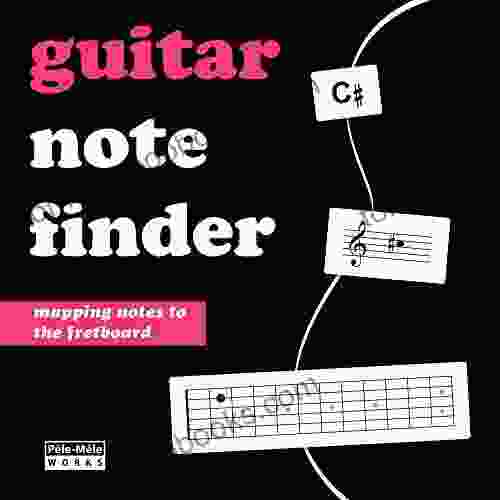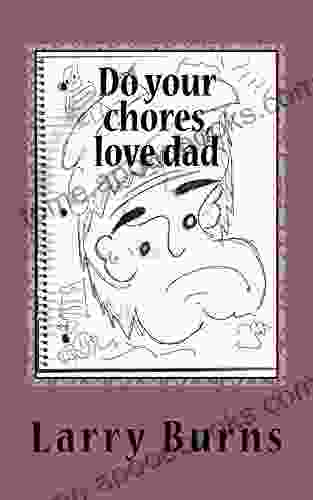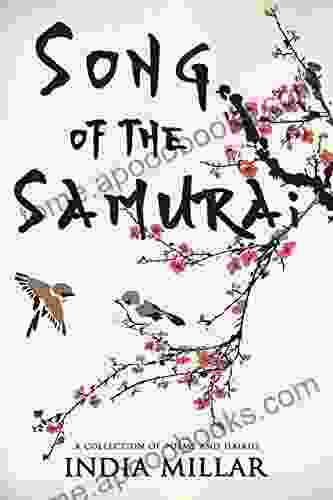Unlock the Secrets of the Fretboard: A Comprehensive Guide for Musicians

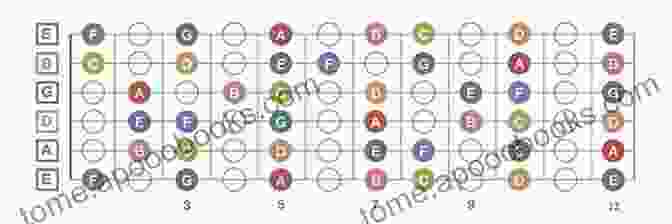
The fretboard is an essential component of any guitar, bass, or other stringed instrument. It provides the playing surface where notes are produced, and mastering its layout is crucial for any musician. This comprehensive article will serve as a detailed guide to learning the notes on the fretboard, empowering you to unlock the full potential of your instrument.
Understanding the Fretboard's Structure
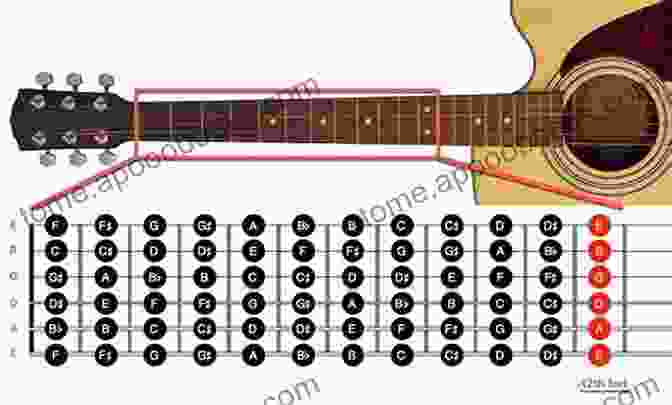
4.8 out of 5
| Language | : | English |
| File size | : | 15559 KB |
| Text-to-Speech | : | Enabled |
| Screen Reader | : | Supported |
| Enhanced typesetting | : | Enabled |
| Word Wise | : | Enabled |
| Print length | : | 131 pages |
| Lending | : | Enabled |
The fretboard, also known as the fingerboard, is typically made of wood or a composite material and is attached to the neck of the instrument. It consists of:
* Frets: Metal ridges perpendicular to the strings that divide the fretboard into individual note positions. * Nut: A raised piece of material at the top of the fretboard that holds the strings in place and sets their spacing. * Headstock: The end of the neck where the tuning pegs are located. * Body: The main part of the instrument that resonates to produce sound.
Navigating the Fretboard: Rows and Columns
The fretboard can be visualized as a grid of rows and columns.
* Rows (Strings): The six strings of the guitar (E, A, D, G, B, E, from top to bottom) form the rows. * Columns (Frets): The metal frets form the columns. Each fret divides the string into a specific semitone interval.
Mapping the Notes
The notes on the fretboard are arranged in a specific pattern that follows the chromatic scale (all 12 notes):
* Root Notes (Open Strings): The open strings (without pressing any frets) produce the six root notes: E, A, D, G, B, and E. * Half Steps (Semitones): Pressing a fret moves the note up one half step (semitone) in pitch. * Whole Steps: Skipping a fret moves the note up one whole step (two semitones).
Using the Root Notes as Reference
Identifying the notes on the fretboard can be simplified by using the root notes as reference points.
* Major Scale Pattern: The major scale pattern (whole step, whole step, half step, whole step, whole step, whole step, half step) can be used to find the notes within a major scale starting from any root note. * Relative Minor Scale Pattern: The relative minor scale pattern (whole step, half step, whole step, whole step, half step, whole step, whole step) can be used to find the notes within a minor scale starting from any root note.
Fretboard Diagrams and Visual Aids
Numerous resources are available to assist in learning the fretboard notes, including:
* Fretboard Diagrams: Interactive or printable diagrams that display the notes on the fretboard, often color-coded for easy visualization. * Note Identifier Apps: Mobile applications that scan a fretboard and identify the notes played. * Online Tools: Websites that provide interactive fretboard simulations or exercises to practice note recognition.
Tips for Effective Learning
* Start with the Root Notes: Establish a solid foundation by memorizing the root notes of the open strings. * Learn the Major Scale Pattern: Master the major scale pattern to understand the relationship between notes and their positions on the fretboard. * Practice Regularly: Consistency is key to developing muscle memory and familiarity with the fretboard notes. * Use Multiple Resources: Combine fretboard diagrams, apps, and online tools to reinforce learning and provide different perspectives. * Play Along with Music: Listen to songs and try to identify the notes played on the fretboard. This helps develop ear training and practical application.
Benefits of Mastering the Fretboard Notes
* Improved Note Recognition: Identifying notes on the fretboard allows for faster and more accurate playing. * Scale and Chord Construction: Understanding the fretboard layout facilitates the construction of scales and chords in any key. * Musical Independence: Mastery of the fretboard notes enables musicians to play and create music without relying solely on tabs or sheet music. * Increased Improvisation Skills: The ability to visualize notes on the fretboard enhances improvisation by providing a mental map for melodic and harmonic exploration. * Unlocking Musical Possibilities: Learning the fretboard notes opens up the full sonic and melodic potential of the instrument.
Grasping the notes on the fretboard is a fundamental skill for any musician. By following the principles outlined in this guide, understanding the fretboard's structure, navigating its rows and columns, and utilizing various learning aids, you can master the layout and expand your musical horizons. Remember, practice and dedication are key to unlocking the full potential of your instrument and unleashing your creativity through the fretboard.
4.8 out of 5
| Language | : | English |
| File size | : | 15559 KB |
| Text-to-Speech | : | Enabled |
| Screen Reader | : | Supported |
| Enhanced typesetting | : | Enabled |
| Word Wise | : | Enabled |
| Print length | : | 131 pages |
| Lending | : | Enabled |
Do you want to contribute by writing guest posts on this blog?
Please contact us and send us a resume of previous articles that you have written.
 Book
Book Novel
Novel Page
Page Chapter
Chapter Text
Text Story
Story Genre
Genre Reader
Reader Library
Library Paperback
Paperback E-book
E-book Magazine
Magazine Newspaper
Newspaper Paragraph
Paragraph Sentence
Sentence Bookmark
Bookmark Shelf
Shelf Glossary
Glossary Bibliography
Bibliography Foreword
Foreword Preface
Preface Synopsis
Synopsis Annotation
Annotation Footnote
Footnote Manuscript
Manuscript Scroll
Scroll Codex
Codex Tome
Tome Bestseller
Bestseller Classics
Classics Library card
Library card Narrative
Narrative Biography
Biography Autobiography
Autobiography Memoir
Memoir Reference
Reference Encyclopedia
Encyclopedia Anthony Seldon
Anthony Seldon B E Baker
B E Baker Iago Klind
Iago Klind Benjamin S Lambeth
Benjamin S Lambeth Anuj Tikku
Anuj Tikku Vivienne Zhang
Vivienne Zhang Archie Brown
Archie Brown April Green
April Green Robert D Boyd
Robert D Boyd Arthur P Meister
Arthur P Meister Carlton Stowers
Carlton Stowers Simon Worrall
Simon Worrall Anosh Irani
Anosh Irani Anni Liu
Anni Liu Joy Belding
Joy Belding Ryan Baxter
Ryan Baxter Azalea Ellis
Azalea Ellis Soraya M Lane
Soraya M Lane Antigone Kefala
Antigone Kefala B J Hollars
B J Hollars
Light bulbAdvertise smarter! Our strategic ad space ensures maximum exposure. Reserve your spot today!
 José MartíFollow ·7.3k
José MartíFollow ·7.3k John GreenFollow ·13.6k
John GreenFollow ·13.6k Braden WardFollow ·15.6k
Braden WardFollow ·15.6k Dawson ReedFollow ·7.3k
Dawson ReedFollow ·7.3k Alexandre DumasFollow ·11.7k
Alexandre DumasFollow ·11.7k David MitchellFollow ·17.7k
David MitchellFollow ·17.7k Jason ReedFollow ·8.6k
Jason ReedFollow ·8.6k T.S. EliotFollow ·18.9k
T.S. EliotFollow ·18.9k
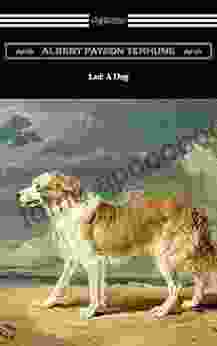
 Gabriel Garcia Marquez
Gabriel Garcia MarquezLad Dog Baby Professor: The Perfect Book for Your Child
Lad Dog Baby...

 Fredrick Cox
Fredrick CoxAn Excerpt With Fifty Ways To Help Animals Promo Books:...
: Embracing Animal...

 Kelly Blair
Kelly Blair5th Grade US History: Famous US Authors: Fifth Grade...
Step into a captivating world of historical...

 Natsume Sōseki
Natsume SōsekiKull the Destroyer: A Timeless Tale of Sword and Sorcery
The Creation of a...

 Jim Cox
Jim CoxDas Ist Supertoll: Unlocking the Magic of German for Kids
Immersive Learning with...

 Bruce Snyder
Bruce SnyderUnlock the World of Quilting for Kids: Discover "Quick...
Are you ready to embark on a delightful...
4.8 out of 5
| Language | : | English |
| File size | : | 15559 KB |
| Text-to-Speech | : | Enabled |
| Screen Reader | : | Supported |
| Enhanced typesetting | : | Enabled |
| Word Wise | : | Enabled |
| Print length | : | 131 pages |
| Lending | : | Enabled |


